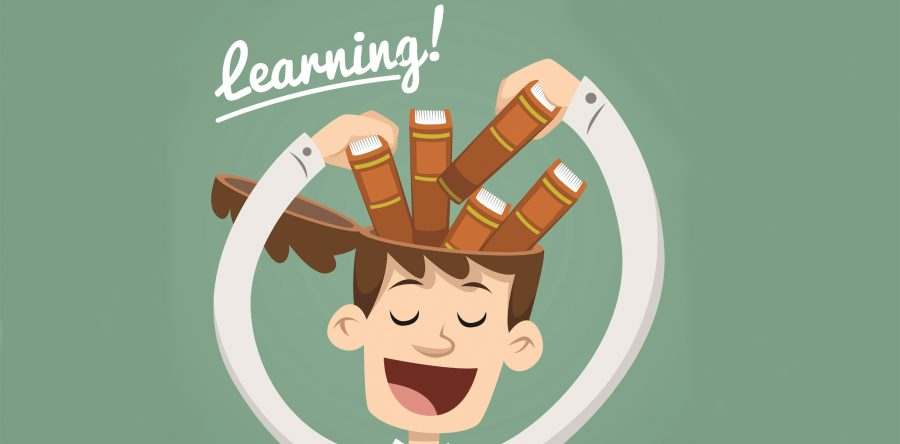The Era Of Bite-Sized Data Learning

For many of the learners, they think that bite-sized data has always been the right size. Visualise it to be more versatile information that fits into any digital device that we have. Making it more accessible for learners regardless of the location and time, which allowing them to switch back and forth from their laptop or mobile phone. Offering the audience, a light, compact yet substantial content. They’ll be craving for more.
The bite-sized contents are easy to comprehend, it can be images or videos. Hence, it could be understood easily. And it substantial faster than reading an explanation from the same explanation. As the current trend of the eLearning industry, most of the videos does not exceeds 10 minutes to keep the content snackable.
There are many factors that learners are looking out for bite-sized data learning:
• Improves psychological engagement.
There’s nothing obscure that all learners are struggling to pay attention and fighting against boredom during lessons. Once the learners display any form of boredom, it’ll be challenging to grab their attention.
The bite-sized data acts as a remedy to reduces the boredom by increasing a learner’s psychological engagement. Instead of having to attend lessons that are more than 90 minutes. The course has been shortened, snappy and informative.
The method would avoid burning out the learner and encouraging them to process the information thoroughly. Which avoid processing the overwhelming data hastily and thoughtlessly.
• Bite-sized modules takes advantage of attention span.
Humans are unable to keep our focus on a certain task for an extensive amount of time without taking a break. After 60 to 90 minutes approximately, our alertness starts to decrease. We would start to fidget, starting to think about something or we are more likely to take a break away from it.
Understanding from the reoccurring pattern of the learners, hence, providing them with the bite-sized data while they are at the peak of the energy level would increases the retention rate of the information. The content would appeal to learners with their short attention span and their short burst of energy.
• Snackable contents hacks the limit of our working memory.
Due to the short attention spans and short-term memories limits the amount of information that the learners are able to process. Hence, it would be tactical to divide and segregate the content for an optimal result. This technique makes learning more manageable and easier to integrate it into a long-term memory.
Categorising the similar modules together allows the learners to see the relevant and the similar content which avoid being distracted by the irrelevant information.
